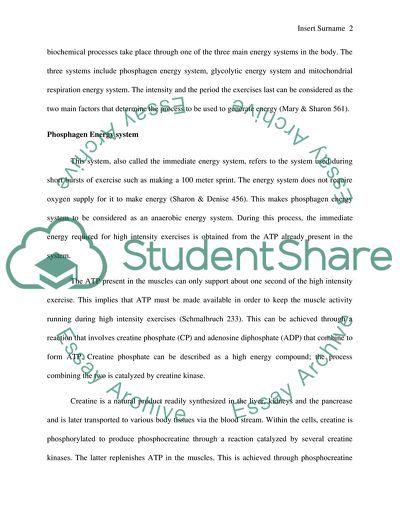Cite this document
(Biochemical Markers During High-Intensity Interval Training Term Paper, n.d.)
Biochemical Markers During High-Intensity Interval Training Term Paper. https://studentshare.org/chemistry/1774458-biochemical-markers-during-high-intensity-interval-training
Biochemical Markers During High-Intensity Interval Training Term Paper. https://studentshare.org/chemistry/1774458-biochemical-markers-during-high-intensity-interval-training
(Biochemical Markers During High-Intensity Interval Training Term Paper)
Biochemical Markers During High-Intensity Interval Training Term Paper. https://studentshare.org/chemistry/1774458-biochemical-markers-during-high-intensity-interval-training.
Biochemical Markers During High-Intensity Interval Training Term Paper. https://studentshare.org/chemistry/1774458-biochemical-markers-during-high-intensity-interval-training.
“Biochemical Markers During High-Intensity Interval Training Term Paper”. https://studentshare.org/chemistry/1774458-biochemical-markers-during-high-intensity-interval-training.


